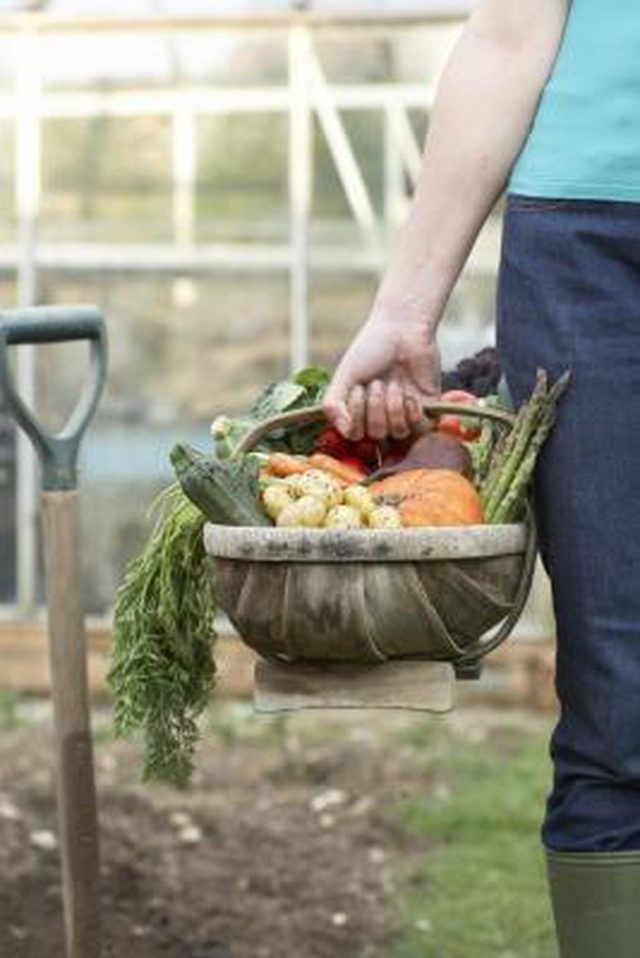Bulbs
Flower Basics
Flower Beds & Specialty Gardens
Flower Garden
Garden Furniture
Garden Gnomes
Garden Seeds
Garden Sheds
Garden Statues
Garden Tools & Supplies
Gardening Basics
Green & Organic
Groundcovers & Vines
Growing Annuals
Growing Basil
Growing Beans
Growing Berries
Growing Blueberries
Growing Cactus
Growing Corn
Growing Cotton
Growing Edibles
Growing Flowers
Growing Garlic
Growing Grapes
Growing Grass
Growing Herbs
Growing Jasmine
Growing Mint
Growing Mushrooms
Orchids
Growing Peanuts
Growing Perennials
Growing Plants
Growing Rosemary
Growing Roses
Growing Strawberries
Growing Sunflowers
Growing Thyme
Growing Tomatoes
Growing Tulips
Growing Vegetables
Herb Basics
Herb Garden
Indoor Growing
Landscaping Basics
Landscaping Patios
Landscaping Plants
Landscaping Shrubs
Landscaping Trees
Landscaping Walks & Pathways
Lawn Basics
Lawn Maintenance
Lawn Mowers
Lawn Ornaments
Lawn Planting
Lawn Tools
Outdoor Growing
Overall Landscape Planning
Pests, Weeds & Problems
Plant Basics
Rock Garden
Rose Garden
Shrubs
Soil
Specialty Gardens
Trees
Vegetable Garden
Yard Maintenance
How to Grow Vegetables in Medford, Oregon
How to Grow Vegetables in Medford, Oregon. Medford is in the heart of the Rogue River Valley of southwestern Oregon. Its location, midway between the Cascades and the Coastal range, has hot summers and pronounced, but not harsh, winters. There is little ocean cooling in the summer, but the ocean influence offers some protection during the winter....

Medford is in the heart of the Rogue River Valley of southwestern Oregon. Its location, midway between the Cascades and the Coastal range, has hot summers and pronounced, but not harsh, winters. There is little ocean cooling in the summer, but the ocean influence offers some protection during the winter. The Sunset Western Garden Book gives winter lows down into the teens, and summer highs over 100 degrees. The vegetable growing season is from early May through the beginning of October, about 150 days. Medford, Oregon is one of the prime gardening areas in the Pacific Northwest.
Things You'll Need
Vegetable seed catalogs
Peat pots
Potting soil
Supports for vining crops
Gardening tools (i.e. fork, rake, shovel, hoe)
March and April
Use pots to start warm season seedlings such as tomatoes, melons, squash, peppers and eggplants.
Begin readying your vegetable beds. Chop and turn over any winter cover crops that you planted in the summer or fall, and add compost and other soil amendments.
Plant cool season crops directly into your garden in the middle of April, such as radishes, peas, chard, lettuce, green onions and other salad vegetables, unless you are still having regular frosts.
Plant beets at the end of April.
Put potted seedlings out into the garden at the end of April. This "hardens them off," or allows them to adjust to your garden. Protect them from late frosts, snails and slugs.
May and June
Transplant your warm season vegetables at the beginning of May. This way you'll start picking tomatoes, squash and peppers around the beginning of July.
Start your fall seedlings, such as the brassicas, broccoli, brussels sprouts, cabbage and cauliflower.
Plant vegetables that need warm soil, like corn, carrots and beans. Either plant three varieties of corn--short, medium and long season--to give yourself a constantly maturing crop, or use succession planting.
Do succession planting for carrots and beets, planting your seeds at two-week intervals, one-third at a time.
Early May is a good time to start potatoes.
Harvest peas and salad ingredients in May.
Plant warmer weather crops in the empty space from the radishes and peas.
Use most of your lettuce space for heat-loving crops. Lettuce will bolt (go to seed) in the hot temperatures of July and August;
July and August
Plant long season vegetables at the start of July--things like onions, turnips and the brassicas. They will be ready in late summer to early fall.
Plant additional lettuce, radishes and beets; harvest them in September and October.
Harvest tomatoes, peppers, squash and beans.
September and October
Harvest every day, maybe even twice a day. Squash and cucumbers can grow enormously in one night.
Plant lettuce, beets and radishes until the first week of September; there is still time for them to finish. Look for short season varieties (less than 60 days) or ones that prefer cold weather.
Freeze, pickle, can, gift your neighbors and give to food banks and shelters. Your garden is in high gear now, producing more than you probably know what to do with.
Start picking fall lettuce and beets.
November and December
Harvest the last of the lettuce and beets.
Harvest the brassicas; some carrots and brassicas can remain in the garden unless you expect a hard freeze.
Plant cover crops in the beds as they empty. These are nitrogen and organic material for next spring's garden.
Plant garlic to harvest next summer.
Leave some carrots, beets and brassicas in the garden to harvest when you are ready.
January and February
Look at seed catalogs to decide what you want to plant in your garden next summer. Choose a few tomato varieties, some that will be ready in 60 to 65 days and others that have varying flavor profiles and longer growing times. Do the same with corn unless you want to do succession planting.
Plant colder weather varieties of beets, spinach and lettuce. Protect them from extreme frosts with newspaper or blankets.
Pick the remaining beets, brassicas and carrots as you need them.
Plant bulb onions the last week of February.